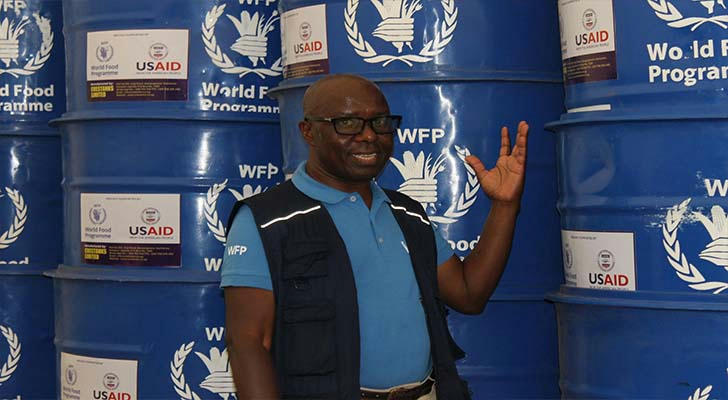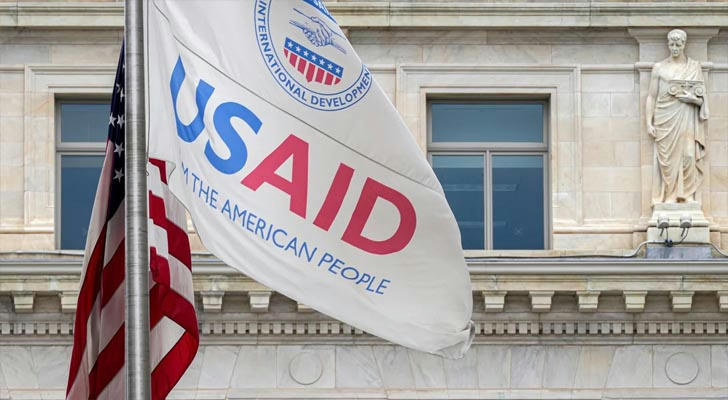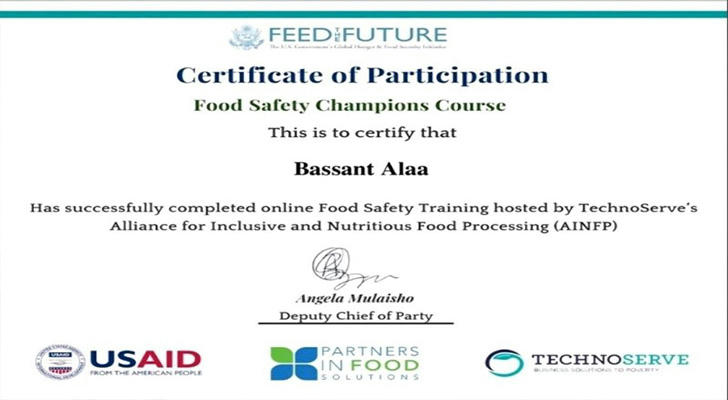How to Take the Free Online Food Safety Course Provided by USAID
In an era where food safety is more crucial than ever, understanding the proper handling, preparation, and storage of food can make a significant difference in preventing foodborne illnesses. The United States Agency for International Development (USAID) offers free online food safety courses designed to educate individuals in food handling best practices. This article will guide you through the steps to enroll in these courses, the essential content they cover, and a real-life case study to highlight the positive impact of this education.

Understanding USAID’s Commitment to Food Safety
USAID is dedicated to improving global health through various initiatives, including food safety education. The organization recognizes that a well-informed public can significantly reduce the risk of foodborne illnesses, which affect millions of people each year. By providing free online courses, USAID aims to empower individuals—whether they are food service professionals, manufacturers, or consumers—with the knowledge they need to ensure safe food practices.
Course Content Overview
The USAID food safety course covers a range of important topics, including:
- Foodborne Illness: Understanding common pathogens such as Salmonella, E. coli, and Listeria, their sources, and how they cause illness.
- Personal Hygiene: Best practices for hygiene among food handlers, including effective handwashing techniques and the importance of cleanliness.
- Safe Food Handling: Guidelines for proper food storage, cooking, and serving temperatures to minimize risks.
- Cross-Contamination: Strategies to prevent the transfer of harmful microorganisms from one surface or food to another.
- Pest Control: Identifying and managing pests that can contaminate food.
The course is designed to be interactive, often featuring quizzes, videos, and real-life scenarios that reinforce learning and ensure participants can apply their knowledge effectively.

How to Enroll in the Course
Taking the USAID food safety course is a straightforward process. Here’s how to get started:
Visit the Course Website: Navigate to the USAID food safety course page. You can find it by searching for “USAID food safety course” in your preferred search engine.
Create an Account: If you’re new to the platform, you’ll need to create a free account. This usually involves providing your email address, creating a password, and agreeing to the terms of service.
Browse Available Courses: Once logged in, you can browse the available food safety courses. Each course typically includes a brief description, estimated duration, and learning objectives.
Select a Course: Choose a course that meets your needs. The courses are often designed to cater to various audiences, from home cooks to professionals in the food industry.
Enroll and Start Learning: Click on the enrollment button for your selected course. You can begin the course immediately or return to it at your convenience. The self-paced nature allows you to learn at your own speed.
Engage with Course Material: As you progress, you’ll encounter quizzes and assessments that will test your understanding of the material. Engaging fully with these components will enhance your learning experience.
Receive Certification: Upon successful completion of the course, you’ll receive a certificate of completion. This certification is not only a testament to your commitment to food safety but can also enhance your professional credentials.
Case Study: Maria’s Journey to Safer Cooking

To illustrate the real-world impact of the USAID food safety course, let’s look at the case of Maria, a dedicated home cook and mother of three. After several instances of minor foodborne illness in her family, Maria became increasingly concerned about food safety practices in her kitchen. She realized that while she loved cooking, her knowledge about safe food handling was limited.
Upon discovering the free online food safety course offered by USAID, Maria decided to enroll. The course covered vital topics that resonated with her, particularly personal hygiene and cross-contamination. She learned the importance of washing her hands thoroughly before handling food and how to avoid mixing raw and cooked foods to prevent contamination.
As she progressed through the course, Maria was particularly impressed by the interactive elements, such as videos demonstrating proper food storage techniques. Inspired by the content, she implemented changes in her kitchen. She reorganized her refrigerator, storing raw meats on the bottom shelf to prevent any drips from contaminating other foods. She also began using separate cutting boards for vegetables and meats.
After completing the course, Maria felt empowered. Not only had she gained knowledge, but she also had a certification that she could proudly display. She shared what she learned with her family and friends, encouraging them to take the course as well. As a result, her family adopted better food safety practices, leading to healthier meals and fewer health concerns.
Maria’s journey didn’t just end with her family; she became an advocate for food safety in her community. She started organizing small workshops where she shared her insights and encouraged others to enroll in the USAID course. This initiative helped spread awareness about food safety, showing how one person’s commitment could create a ripple effect in the community.
Conclusion
The free online food safety courses provided by USAID are a valuable resource for anyone involved in food handling. With a straightforward enrollment process and engaging course content, these courses equip individuals with the essential knowledge to ensure food safety in their homes and workplaces.
Maria’s story exemplifies the transformative impact of education on food safety practices. By taking the initiative to enroll in the course, she not only improved her family’s health but also became a community leader in advocating for safe food practices.
For anyone interested in enhancing their knowledge of food safety, the USAID course is a great place to start. By prioritizing food safety education, we can contribute to healthier communities and significantly reduce the risk of foodborne illnesses. Don't hesitate to take the first step—start your learning journey today!
